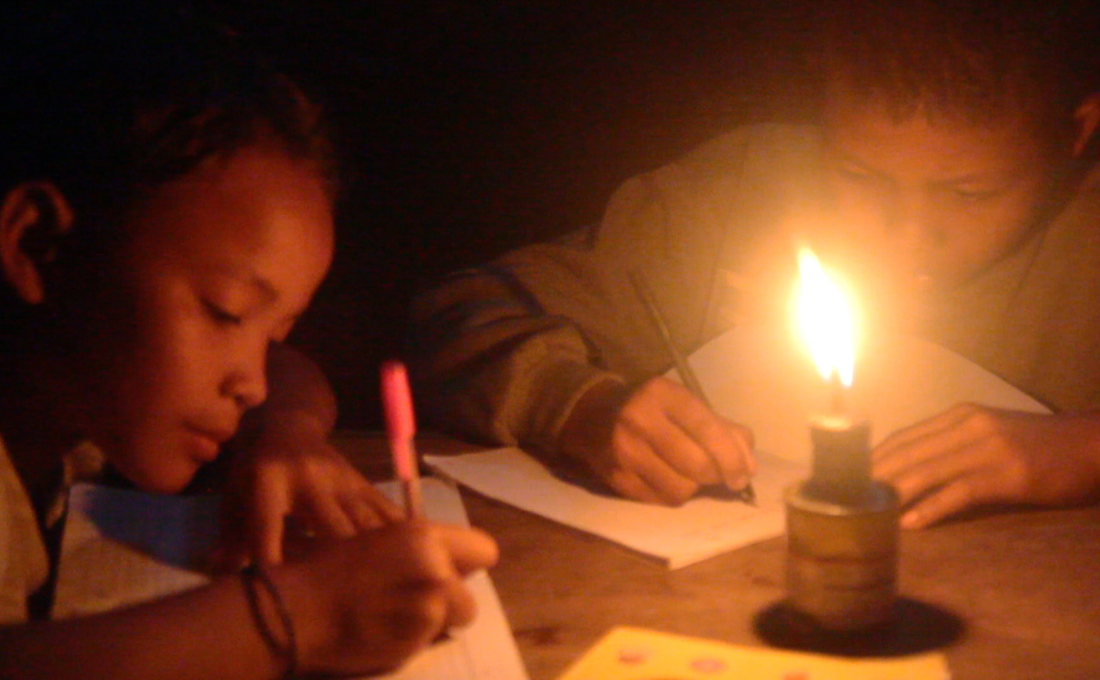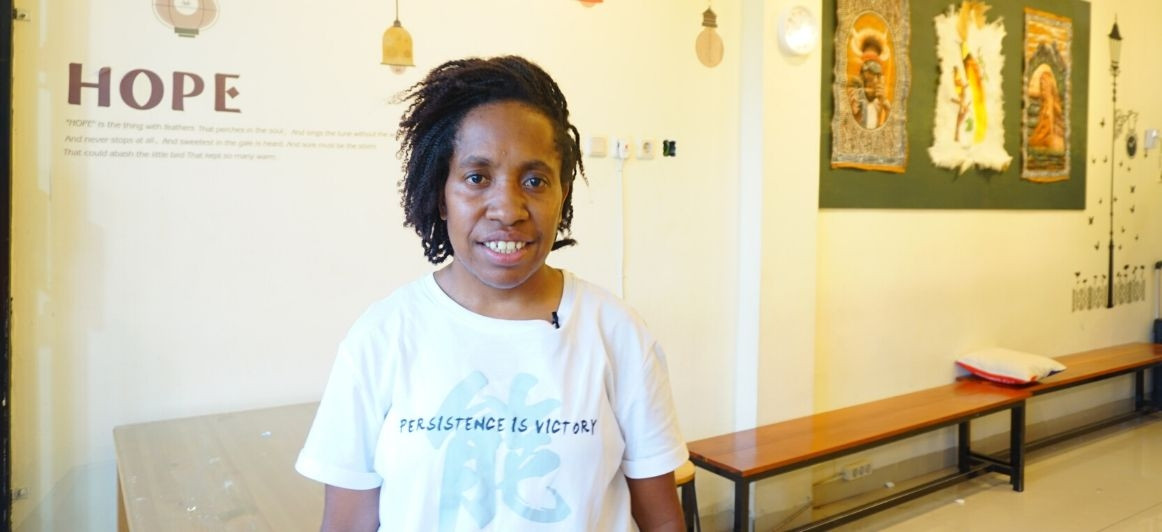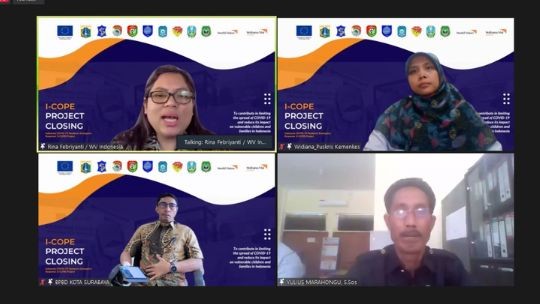4 Conditions that Justify Children Receiving Donations

Considering that many children across Indonesia live in inadequate conditions, various humanitarian programs, such as providing donations to children, become necessary initiatives. Poverty, in its most extreme form, signifies destitution, where individuals struggle to survive without necessities like food, water, or shelter. This is the reality for nearly half of the population in Indonesia.
Without their most basic needs being met, children in remote areas of Indonesia often struggle to envision a way out of poverty, perpetuating a cycle of deprivation. Donating to children through sponsorship programs or providing gifts can create lasting change for children and adolescents in these communities by providing access to essential resources such as food, medicine, vital healthcare and dental services, educational programs, sanitation facilities, and much more.
While the ongoing pandemic has highlighted the economic vulnerabilities faced by many children and families, the issues leading to high rates of child poverty in Indonesia existed long before the public health crisis. Donating to organizations focused on child welfare during the pandemic has become one of the solutions to help alleviate their problems.
Unsafe Conditions for Children
The Importance of Donating by sponsoring children given donations is important because their highly vulnerable conditions require and necessitate the opportunity for support from others. Living conditions that are extremely deprived, chaotic, and unhygienic, as well as parenting patterns laden with irresponsibility or violence, can endanger a child's physical safety and subject them to neglect or emotional or physical abuse. Such living conditions are deemed unsafe for children.
Certainly, the government expects parents to provide their children with a safe and secure place to live, nutritious and sufficient food, adequate clothing, and enough love and attention so that the child can grow into a responsible and productive adult.
Hence, in subjecting a child to unsafe living conditions is considered contrary to the child's best interests. Here are some conditions that justify us to start donating for the welfare of children: children are given donations.
1. Neglect and Emotional Abuse
Children eligible for sponsorship or donations are generally those who do not receive their rights like other children usually do. Neglecting a child's physical and emotional needs by inadvertently or intentionally ignoring them can be considered emotional abuse or neglect. Some examples of emotional abuse include:
- Scolding or threatening a child, or forcing a child to do something they don't want to do.
- Not providing time and presence; being unavailable to the child when they need a parent.
- Failing to show affection to the child.
- Verbally abusing the child.
- Having limited interaction with the child
- Ignoring the child's need for love, support, or attention
- Exposing the child to domestic violence between parents
- Allowing the child to engage in bad or dangerous behavior
- Misusing drugs, alcohol, or other substances in front of the child
- Not providing the child with an environment conducive to their emotional growth Childhood Emotional Neglect (CEN) or abuse can have long-term detrimental effects on a child's psychological, educational, and physical health.
2. Physical and Sexual Abuse
Children-given donations are also aimed at avoiding the rampant occurrence of child abuse. Intentionally causing bodily harm to a child is considered physical violence. Some examples include:
- Physically harming the child (choking, slapping, pushing, kicking, pinching, throwing objects, etc.)
- Forcibly using physical restraint on them
- Sexual abuse of the child
3. Other Forms of Neglect
Other forms of neglect that justify why a child is eligible for sponsorship or donations may include:
- Not providing the child with nutritious or sufficient food
- Not providing the child with adequate clothing or housing
- Not supervising the child when they require supervision (e.g. when crossing the road or playing in the park)
- Not providing adequate or proper medical care (e.g., health insurance, emergency care, or regular health check-ups)
- Not providing suitable educational facilities for the child and not monitoring their schooling needs
- Not enrolling the child in extracurricular activities that are in the child's best interest
4. Unsafe Environments
Unsafe environments are one of the reasons why a child may be sponsored or given donations. Some examples of unsafe living conditions that endanger a child's safety include:
- Lack of electricity in the home due to parents' negligence in paying bills
- Flooded bathrooms or unhygienic bathrooms - again due to parental neglect
- Frequent arguments and disturbances in the home, including physical fights
- Unsafe items or equipment lying around the house without supervision (e.g., loose electrical cables, electrical appliances, sharp objects like knives, chemicals, etc.)
- Homes infested with pests
- Unrepaired gas leaks or scattered trash in the home
- Allowing a child to go out unsupervised in an unsafe environment
- Dirty and unhygienic homes
Solutions to Break Child Poverty
If you believe, as Wahana Visi Indonesia does, that we can end poverty, then the next question is: How? There is no simple process to achieve this goal, but that doesn't make it impossible.
Poverty affecting children can be addressed. Some recommendations outlined in this article report include ensuring the right to basic needs for all families through programs targeting health, education, economic improvement, child protection, and disaster response. reforming food aid, housing support, and healthcare programs.
Alleviating financial burdens through strengthened unemployment insurance, permanent paid medical and family leave, higher minimum wages, affordable childcare and universal preschool, and better tax credits covering all low-income families.
One of the main causes of poverty is inequality. Systemic barriers that leave some groups without representation in their communities make them increasingly disadvantaged in terms of resources and opportunities. For a community or even a country, to eradicate poverty, all groups and identities must be involved in creating solutions.
According to UNESCO, if all students in low-income countries only had basic reading and writing skills (nothing else), an estimated 171 million people could escape extreme poverty. If all adults completed secondary education, we could cut global poverty rates by more than half. Education develops skills and abilities, corrects some imbalances arising from marginalization, and reduces risks and vulnerabilities.
Some key focus areas to ensure that education is truly equitable and fair for all should involve: breaking down educational barriers by creating access to schools in remote areas, supporting teachers in their work to provide quality education, and ensuring that education is available to all. Children living in fragile contexts.
Through Wahana Visi Indonesia's sponsorship programs, sponsored children given donations can realize their dreams of going to school and having a decent life. Take your role now and visit their website at https://wahanavisi.org/



